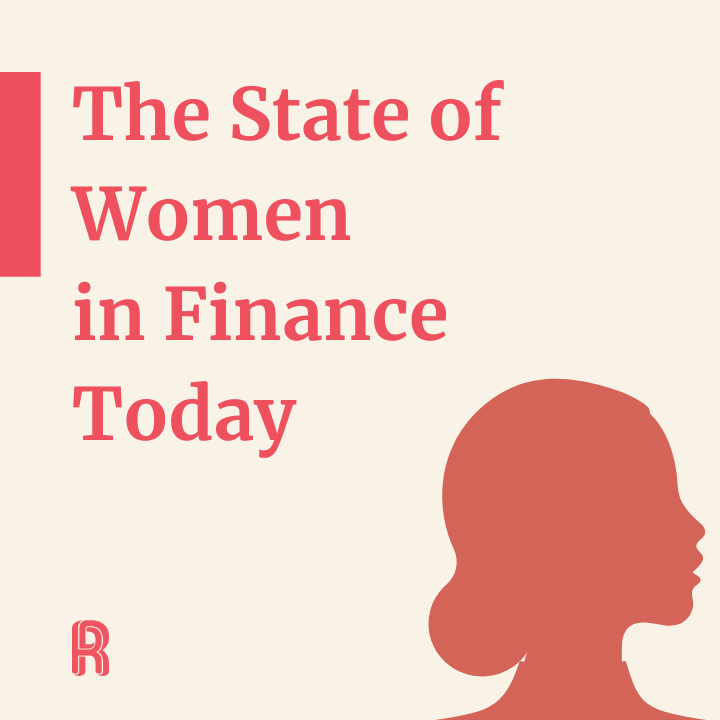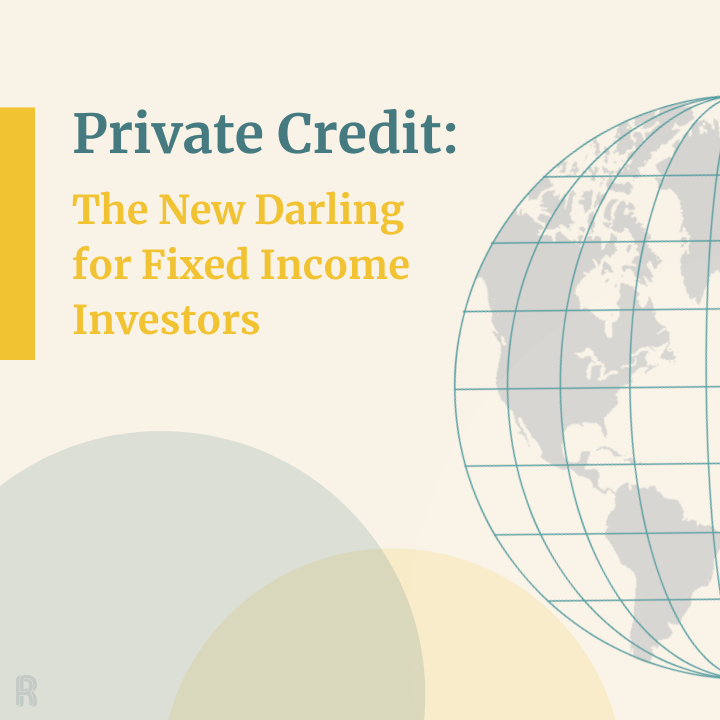
Your Future of DeFi FAQs, Answered
Don’t feel bad if you clicked through to this article thinking, “Why should I care about DeFi? New web 3.0 concepts pop up seemingly every few weeks.” I thought the same thing before diving deep into the world of DeFi and its potential to create meaningful change.
The good news is, DeFi (short-hand for Decentralized Finance) is based on some older concepts that many of us are now very familiar with like blockchain and cryptocurrencies, and some newer concepts like definition of Web 3.0 more broadly.
In this article, we’ll unpack it all in plain english.
“The problem with teaching about DeFi is it’s all changing so fast. What I teach you today may be irrelevant in two days. It’s not enough to learn it once – once it’s learned, you need to stay connected and keep learning. The second you stop, you fall behind.”
– Neil Agarwal, Jr. Partner, OPCO LLC
Let’s start with the basics: What is Decentralized Finance (DeFi)?
At its core, DeFi is the idea that with the advent of distributed, immutable technology driven ledgers i.e. Blockchain, we can build a new financial system without the need for trusted intermediaries. You may also hear this called a “trustless” system – trustless in that a trusted third party is not required in order to transact. An example of a trustless system built on the blockchain is Ethereum, one of the most popular networks used for DeFi.
Building on top of the basic concept of a trustless system is the “smart contract”, which is simply a digital transaction on a blockchain-based network that has conditions (a contract) programmed into it. You can think of a smart contract as a simple logical statement, “If X, then Y”. For example, if the 1st of the month arrives, then pay $1,000 worth of stablecoin. If all payments are made, then release the deed to a home.
Between a trustless system and smart contracts, all sorts of traditional, complex financial transactions can be completed in an entirely peer-to-peer way: like mortgages, car loans, scholarships, etc.
Why should I care about DeFi?
If you’re like me, you’re probably just getting comfortable with blockchain and cryptocurrencies in earnest and the last thing you want to hear is there is another world-shifting technology disrupting finance that you need to stay on top of. So, let’s talk a bit about why we should care about DeFi, why it’s worth spending our time learning more about it, and what it represents.
The promise of DeFi is truly democratized Financial Services … where anyone with access to a smartphone and an internet connection can interact in the world financial system. While it may seem like a distant issue for those of us in the US who have always had access to the banking system, the unfortunate reality is that too much of the world is still missed by our current financial system. As of 2018, when reliable reports were published, 1.7 billion adults globally were still unbanked (31%), despite the fact that two-thirds of them owned a smartphone. And in the US, a similar trend exists: nearly 22% of the adult population is unbanked. It’s clear: the ability to reach the unbanked is not the issue, it’s a lack of institutional interest, traditional barriers that can stand in the way like credit scores, and an inability to offer compelling financial products to currently unbanked and underserved populations. DeFi projects hope to solve that.
What are some examples of DeFi?
Let’s talk about some of the real world applications for DeFi, and why it’s heralded as something that will democratize finance.
Imagine you’re a papaya farmer in a rural part of South America where you don’t have access to a bank for basic financial services like Savings or Loans. Every year, you use the money (cash) you earn from your harvest to reinvest in equipment and seeds for the next season. When you save, you’re typically hiding money somewhere in your home or elsewhere on your farm. When you don’t have enough money for something, you need to find a trusted friend who is willing to lend you cash, either in a trade for some other good or service, or in good faith. The network from which you can borrow from is very small, and their means are just as limited as yours, meaning access to capital is very limited.
Your farm has been doing very well and you’ve had several good harvests that have allowed you to save some money. You believe the next several years are likely to bring more strong conditions, and you just found out the neighboring farm was listed for sale. As an enterprising farmer, you’d like to purchase your neighbor’s farm and expand your operation, yet you don’t have nearly enough money and no access to lenders who can help with a sum that large. Enter DeFi.
With DeFi in your region, the entire financial life cycle of your farm changes. When you bring your harvest to market you take payment in stablecoins pegged against your local currency and store them in your digital wallet. When it’s time to purchase seeds and equipment again, you make a peer-to-peer payment with those same stablecoins. Whatever is left you convert into Eth and lend into the network, allowing you to earn strong interest rates on your savings, and pull back your assets when you need them. And when you need a loan to expand your farm, you can access financial products like a loan via a smart contract. Built right within the smart contract are the payment terms, and the first of every month the required payment will be drawn. All of this is happening right on your smartphone, instantly.
This is a very simplified example that abstracts away many of the technicalities that make DeFi work, but it exemplifies just how powerful it can be as the world continues to build out new and innovative applications.
What are some of the downsides of DeFi?
First, let’s be clear: DeFi is not yet, and not likely to be mainstream in the very near future. It’s in its very early stages, and is primarily the focus of blockchain and cryptocurrency enthusiasts who are working on various experimental DeFi projects across the world. Despite its general nascency, an additional part of the reason that DeFi is not mainstream is that it still has some serious downsides that need to be worked on for the general public to be willing to embrace it as a replacement for how we transact with intermediaries today. Let’s talk about two big ones:
- Security / threat of hacking: while many argue that blockchain-based protocols are secure, the reality is that there are still vulnerabilities that can be taken advantage of by savvy hackers to steal assets locked in DeFi platforms. In 2021, there was a 160% increase in value lost ($1.3 billion in total), despite the fact that the loss as a share of the total market shrunk compared with 2020 as the DeFi market grows rapidly. What’s worse is there is no recourse once a hack is executed … because of the inherent lack of a trusted intermediary, there is no entity that can help recover stolen funds. While some firms now offer DeFi insurance for assets locked within a network, this may not be enough assurance for many who are more risk-averse.
- Immutability: one of the major upsides of blockchain technology, the creation of a distributed and immutable ledger, can also be a major downside. We all make mistakes … we agree to a contract without fully understanding the terms; someone from your firm signs a binding Agreement when they shouldn’t have been the signatory, etc. With the traditional financial and legal system, there is a way to seek remediation. However, because DeFi is based on peer-to-peer smart contracts, once a contract has been signed by both parties, there is no way to take that contract back. If both parties agree to amend, a change can be written and agreed upon, but if one party decides they want to leave the contract as is, there aren’t many clear and/or good options for remediation. In a human world, it can certainly be intimidating to conduct business in an unforgiving medium.
Despite the downsides, DeFi will certainly continue to be worked on, the market will grow, and new and innovative mechanisms will be created to help curb these challenges and help foster mainstream adoption. There is a long way to go, but early pioneers have already done much of the work to pave the way for future adoption.
What’s next with DeFi?
So, what’s next for DeFi? It’s impossible to predict the future, but it’s not impossible to be a part of it as it unfolds. The one thing I can say for certain is that DeFi is, and will continue to change rapidly. In fact, so rapidly, that it can often feel impossible to keep up if you’re not intimately involved in it on a day-to-day basis. So, instead of leaving you with predictions on what might come next, we’re going to leave you with some resources you can use to stay on top of the change, and if you’re adventurous, to be a part of the change.
The Ultimate Beginner’s Guide to Decentralized Finance by Decrypt
Finematics DeFi channel on Youtube
Subscribe to our newsletter
We value your privacy. We don't spam.








